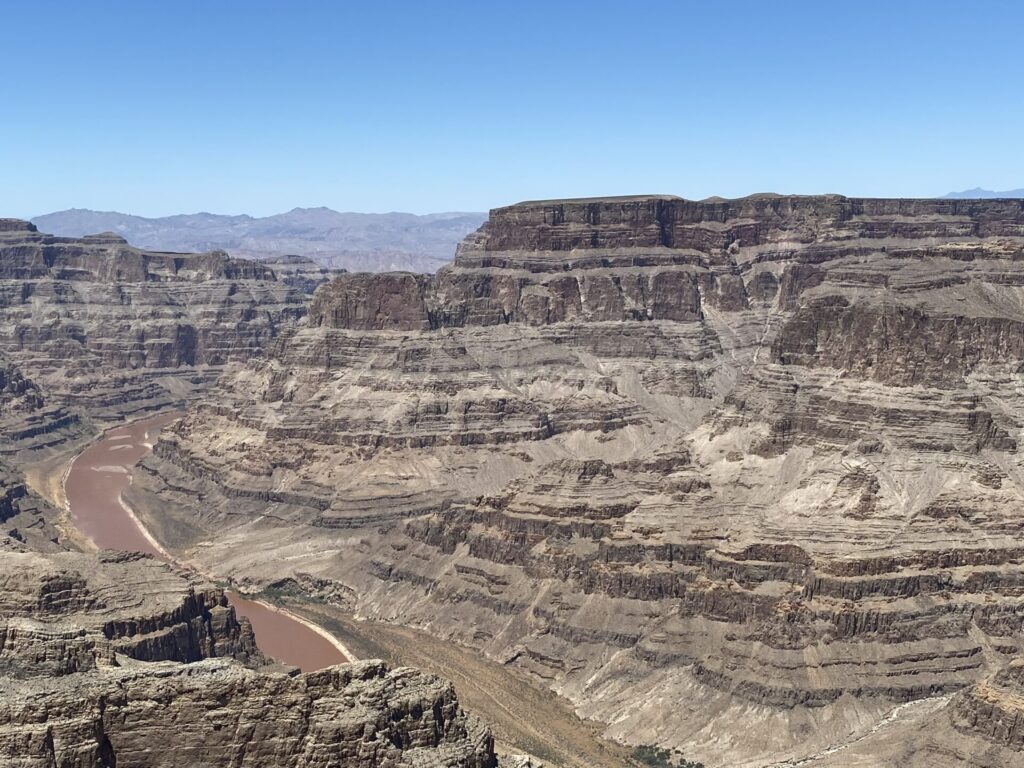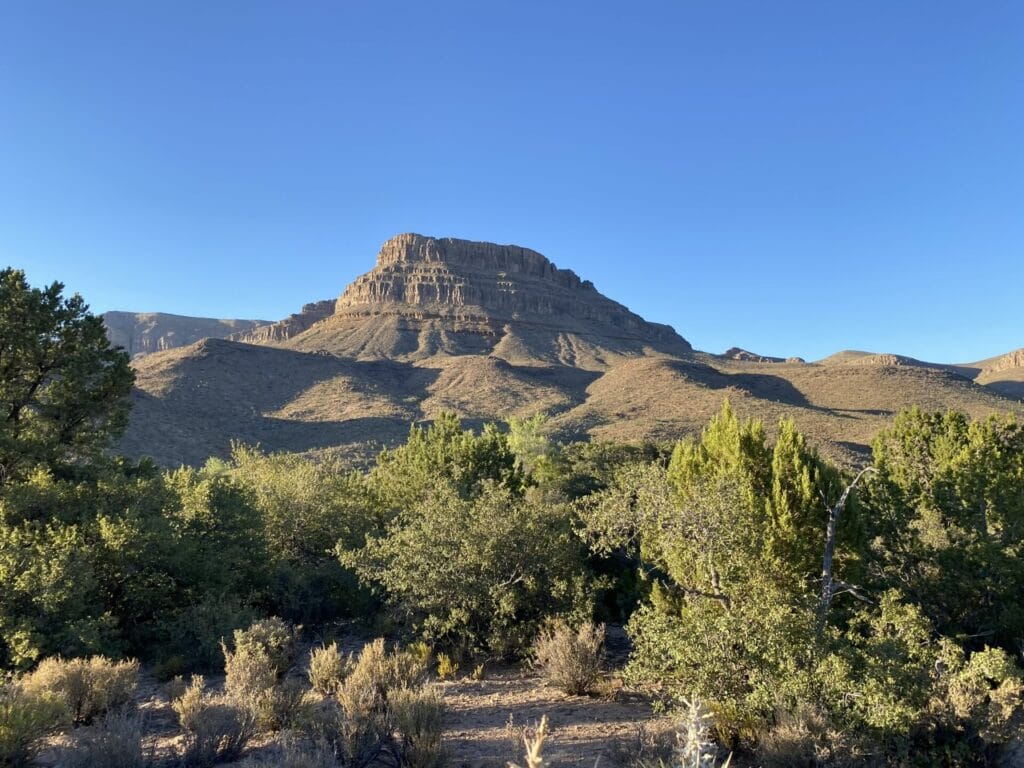




What To Expect In Arizona
Arizona is a land of natural wonders, vibrant desert cities, and a deep cultural heritage. Known for its unique landscapes, from the majestic Grand Canyon to the red rock formations of Sedona and Monument Valley, Arizona provides visitors with a mix of outdoor adventures and urban experiences. Whether you’re exploring bustling cities like Phoenix and Tucson or marveling at the serene beauty of the Sonoran Desert, Arizona offers something for everyone.
Safety: Arizona is generally a safe destination, with well-developed infrastructure, especially in popular tourist areas like Phoenix, Tucson, and Sedona. Outdoor safety is essential, as Arizona’s deserts can be hot and dry, so travelers should always carry water, wear sun protection, and be prepared for temperature changes if venturing into natural areas. It’s also wise to check local weather conditions, as some areas can experience flash floods during the monsoon season.
Things to Know Before You Go:
- Arizona is known for its friendly locals and welcoming atmosphere.
- Tipping is customary, especially in restaurants and for services, with 15-20% typically appreciated.
- Some national and state parks require entry fees, so checking the park’s website before visiting is helpful.
- Arizona does not observe Daylight Saving Time (except for the Navajo Nation), so plan accordingly, especially if traveling to surrounding states.
- In urban areas, casual attire is common, though comfortable hiking gear is recommended for outdoor excursions.
Local Currency and Use of Credit Cards: Arizona, like the rest of the United States, uses the U.S. dollar (USD). Credit and debit cards are widely accepted across the state, from city restaurants and hotels to small-town shops and gas stations. ATMs are readily available in most areas, making it easy for international travelers to access cash if needed. Contactless and mobile payment options are also becoming more popular in urban areas.
Climate: Arizona’s climate varies by region, with a desert climate in the lower areas and a cooler, mountainous climate in higher elevations. Summers (June to August) are hot, particularly in areas like Phoenix and Tucson, where temperatures can exceed 100°F (38°C). The best time to visit is during the spring (March to May) and fall (September to November), when temperatures are milder, and the weather is ideal for outdoor activities. Winter (December to February) brings cooler temperatures, particularly in northern Arizona, where snowfall is common in areas like Flagstaff and the Grand Canyon’s rim.
With its breathtaking landscapes, warm hospitality, and distinct climate, Arizona provides a one-of-a-kind travel experience, perfect for adventurers, nature lovers, and cultural explorers alike.





